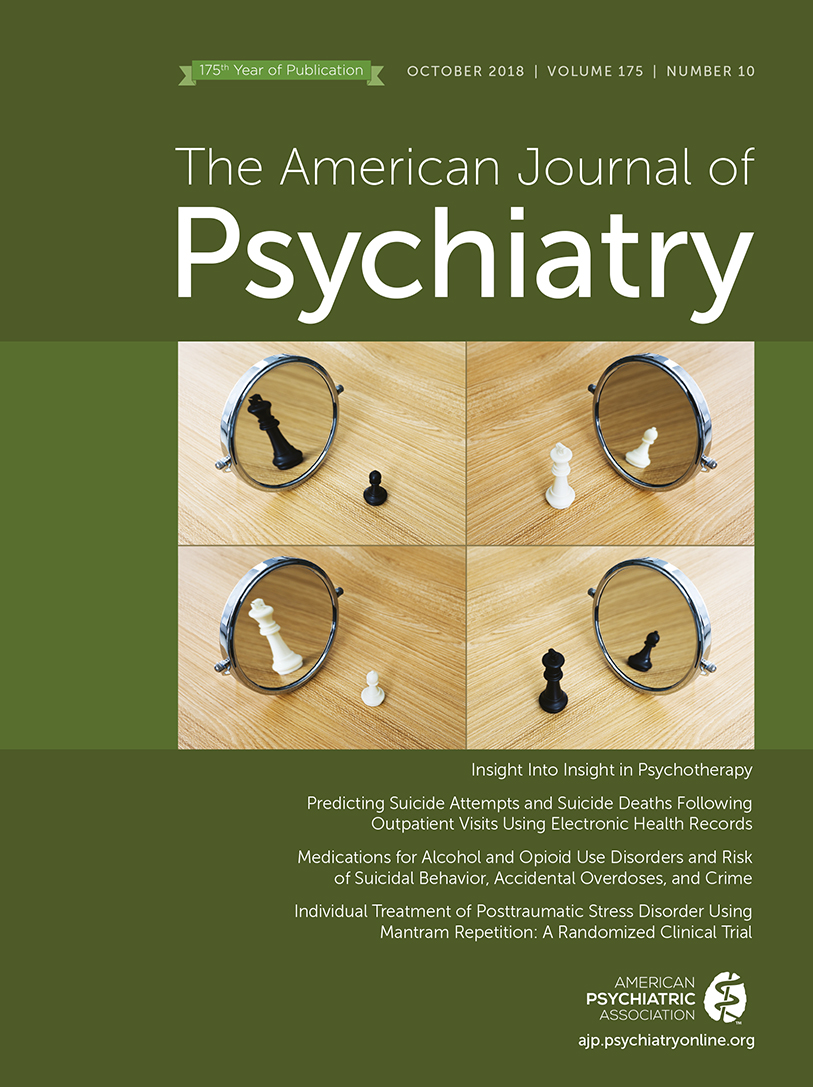The Board of Trustees of the American Psychiatric Association (APA) has approved as a Resource Document a report of the APA Workgroup on Treatment of Gender Dysphoria titled “Assessment and Treatment of Gender Dysphoria and Gender Variant Patients: A Primer for Psychiatrists.” The APA Workgroup was assembled to work toward fulfillment of the recommendations of the APA Task Force on Treatment of Gender Identity Disorder. Although diagnosis and treatment are inextricably linked, they are separate issues. Both the diagnosis and treatment of gender identity disorder were controversial, and the respective DSM-5 workgroup set up in May 2008 drew much professional and public attention. Because diagnosis, but not treatment, is within the purview of the DSM, the APA Board of Trustees formed the Task Force on Gender Identity Disorder to 1) conduct a literature review to assess the quality of evidence pertaining to the treatment of gender identity disorder in different age groups and 2) express an opinion as to whether sufficient credible literature existed for APA to take the next step and develop treatment recommendations for gender identity disorder in children, adolescents, or adults as well as for individuals of any age with somatic intersex conditions who experience dysphoria related to their assigned gender. The Task Force reported that, given the nature of gender identity disorder, evidence of the highest quality—the randomized double-blind controlled trial—was not available. The Task Force concluded, nevertheless, that the empirical database supplemented by clinical consensus was sufficient for the development of treatment recommendations. In addition to recommending the development of treatment recommendations, the Gender Identity Disorder Task Force recommended that APA take a number of additional actions, including tasking a specific APA component or other group within the APA to monitor progress with regard to implementing its recommendations, which led to the formation of the APA Workgroup on Treatment of Gender Dysphoria.
Despite the recommendation of the Task Force, treatment of gender dysphoria could not be selected for APA Clinical Guideline development because it did not meet prevalence and quality of evidence criteria to be prioritized for consideration by the APA Committee on Practice Guidelines. Several clinical guidelines and standards of care exist to assist mental health professionals in providing care to individuals with gender dysphoria but are not targeted specifically toward psychiatrists. These include the World Professional Association for Transgender Health Standards of Care, version 7, published in 2012, and the American Psychological Association’s Guidelines for Psychological Practice with Transgender and Gender Nonconforming People published in 2015. Although the practice of psychiatry overlaps with that of other mental health fields, psychiatry is unique in several respects. Psychiatrists often have the primary role in the diagnosis and treatment of the major mental illnesses in which gender identity concerns may arise as epiphenomena (e.g., psychotic disorders) as well as in the pharmacological management of psychiatric disorders that may coexist with gender dysphoria, including mood and anxiety disorders, and in monitoring symptoms that may emerge with endocrine manipulation. While targeted specifically to psychiatrists, the APA Workgroup’s Resource Document should be helpful to providers in other disciplines, since all are likely to encounter gender diverse patients.
The Resource Document begins with a review of the history and evolution of conceptualizations of gender and gender variance and its classification and related terminology, including differences between DSM-IV and DSM-5. It then examines the prevalence of gender dysphoria and other manifestations of gender variance before reviewing what is known about gender development. The largest portion of the document addresses the mental health assessment and treatment of gender dysphoria in adults, including those with somatic intersex conditions. This includes mental health evaluations and referrals for gender-affirming somatic treatments. The document concludes with an examination of current societal trends, including increased social acceptance of gender variance, civil protections for gender diverse individuals, and increased access to gender transition services for adults (specific guidance on these matters for child and adolescent psychiatrists can be found in the American Academy of Child and Adolescent Psychiatry Practice Parameter on Gay, Lesbian, or Bisexual Sexual Orientation, Gender Nonconformity, and Gender Discordance in Children and Adolescents). The report includes a glossary of gender terminology and tables of the currently most widely accepted criteria for gender-affirming hormonal and surgical treatments.

